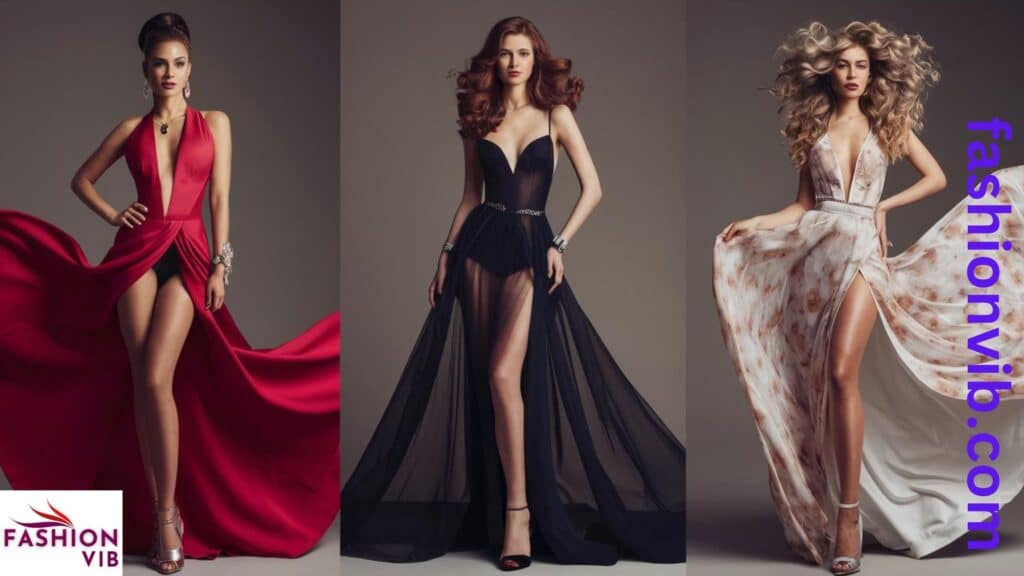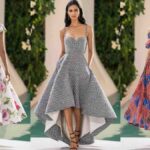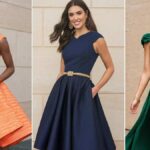In the ever evolving world of fashion, dress outfits remain a timeless staple. From the boardroom to the ballroom, the perfect dress can elevate your style, boost your confidence, and make a lasting impression. This comprehensive guide will delve into the myriad types of dresses, explore crucial factors to consider when selecting your ideal dress outfit, and provide expert tips on how to style dress ensembles for any occasion.
Decoding Dress Categories: From Casual to Formal
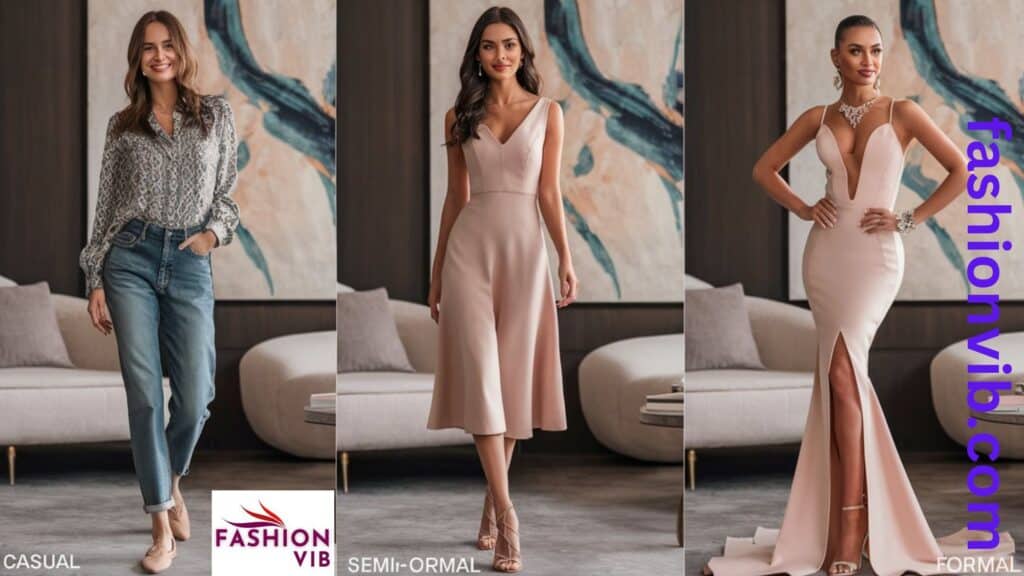
Understanding the various dress categories is essential for building a versatile wardrobe. Let’s explore the spectrum of dress outfits, from laidback casual wear to showstopping formal attire.
Casual Dresses: Effortless Everyday Chic
Casual dress options are perfect for everyday wear, offering comfort without sacrificing style. These relaxed ensembles are ideal for informal settings, from running errands to meeting friends for coffee.
- Sundresses: Light, airy, and often sleeveless, sundresses are summer staples. They typically feature playful prints and breathable fabrics like cotton or linen.
- T shirt Dresses: The epitome of comfort, these dresses are essentially oversized tees. They’re perfect for a relaxed weekend look or as a beach coverup.
- Shirt Dresses: Inspired by men’s button down shirts, these dresses offer a polished yet casual look. They’re versatile enough for both work and play.
“Style is a way to say who you are without having to speak.” Rachel Zoe
Semi Formal Dresses: Striking the Perfect Balance
Semiformal attire bridges the gap between casual and formal wear. These dresses are suitable for events like cocktail parties, dinner dates, or upscale brunches.
- Cocktail Dresses: Typically knee length or slightly above, cocktail dresses are the go to choice for many semi formal events. They come in various styles, from sleek sheaths to playful A lines.
- Tea Length Dresses: Falling between the knee and ankle, tea length dresses offer a touch of vintage charm. They’re perfect for garden parties or afternoon weddings.
- Wrap Dresses: Flattering on most body types, wrap dresses cinch at the waist and create an hourglass silhouette. They can easily transition from day to night with the right accessories.
Formal Dresses: Making a Grand Entrance
When the occasion calls for glamour, formal dress options rise to the challenge. These elegant gowns are designed for black tie events, galas, and other upscale affairs.
- Evening Gowns: Floor length and often featuring luxurious fabrics like silk or chiffon, evening gowns are the epitome of formal wear. They may include embellishments like sequins, beading, or intricate lace.
- Ball Gowns: With their voluminous skirts and fitted bodices, ball gowns are the stuff of fairytales. They’re ideal for the most formal events, such as state dinners or debutante balls.
- Black Tie Attire: While traditionally referring to floor length gowns, modern black tie events may also accept sophisticated cocktail dresses or dressy separates.
Professional Dresses: Dressing for Success
In the workplace, the right dress can project confidence and competence. Professional dresses strike a balance between style and appropriateness.
- Sheath Dresses: Formfitting and sleek, sheath dresses offer a polished look that’s perfect for the office. They’re often paired with blazers for added professionalism.
- A line Dresses: With their fitted top and flared skirt, A line dresses flatter most body types. They’re a versatile choice for various workplace settings.
- Shift Dresses: Characterized by their straight cut from shoulder to hem, shift dresses offer a classic, no fuss option for professional environments.
Dress Silhouettes: Finding Your Perfect Fit

The silhouette of a dress can dramatically affect its overall look and how it flatters your body. Here’s a rundown of common dress silhouettes:
- A line: Fitted at the top and flaring out towards the hem, creating an “A” shape
- Empire Waist: High waisted style with a fitted bodice ending just below the bust
- Sheath: Narrow, straight cut that hugs the body’s curves
- Fit and Flare: Similar to A line but with a more defined waist
- Bodycon: Tight fitting throughout, showcasing every curve
- Wrap: Crosses over at the front and ties at the waist
- Mermaid/Trumpet: Fitted through the body and flares out below the knee
Fabric Matters: Choosing the Right Material
The fabric of your dress outfit plays a crucial role in its appearance, comfort, and suitability for different occasions. Let’s explore some common dress fabric options:
| Fabric Type | Characteristics | Best For |
|---|---|---|
| Cotton | Breathable, soft | Casual, summer dresses |
| Linen | Lightweight, prone to wrinkling | Casual, beach dresses |
| Silk | Luxurious, delicate | Formal, evening wear |
| Polyester | Durable, wrinkle resistant | Everyday wear, easy care dresses |
| Chiffon | Sheer, flowing | Formal gowns, layered dresses |
| Velvet | Rich, heavy | Winter formal wear |
Remember, the weight and drape of the fabric can significantly impact how a dress looks and feels when worn. Heavier fabrics like velvet or thick wool are better suited for structured dresses, while lighter fabrics like chiffon or silk work well for flowing, romantic styles.
Color Psychology in Dress Selection
The dress color you choose can affect not only your appearance but also your mood and how others perceive you. Here’s a quick guide to color psychology in fashion:
- Red: Passion, confidence, energy
- Blue: Calm, trustworthy, professional
- Green: Growth, harmony, freshness
- Yellow: Optimism, creativity, warmth
- Purple: Luxury, mystery, spirituality
- Black: Sophistication, power, elegance
- White: Purity, cleanliness, simplicity
When selecting a dress color, consider your skin tone, the occasion, and the message you want to convey. Don’t be afraid to experiment with bold hues or stick to classic neutrals both have their place in a well rounded wardrobe.
Necklines and Their Impact
The neckline of a dress can dramatically alter its overall look and affect which accessories pair best with it. Here are some popular neckline styles:
- V neck: Elongates the neck and flatters the décolletage
- Scoop neck: Versatile and flattering for most body types
- Boat neck: Emphasizes the collarbones and shoulders
- Halter: Draws attention to the shoulders and arms
- Off shoulder: Romantic and feminine, great for summer dresses
- Turtleneck: Elegant and sophisticated, perfect for cooler weather
Dress Lengths: From Mini to Maxi
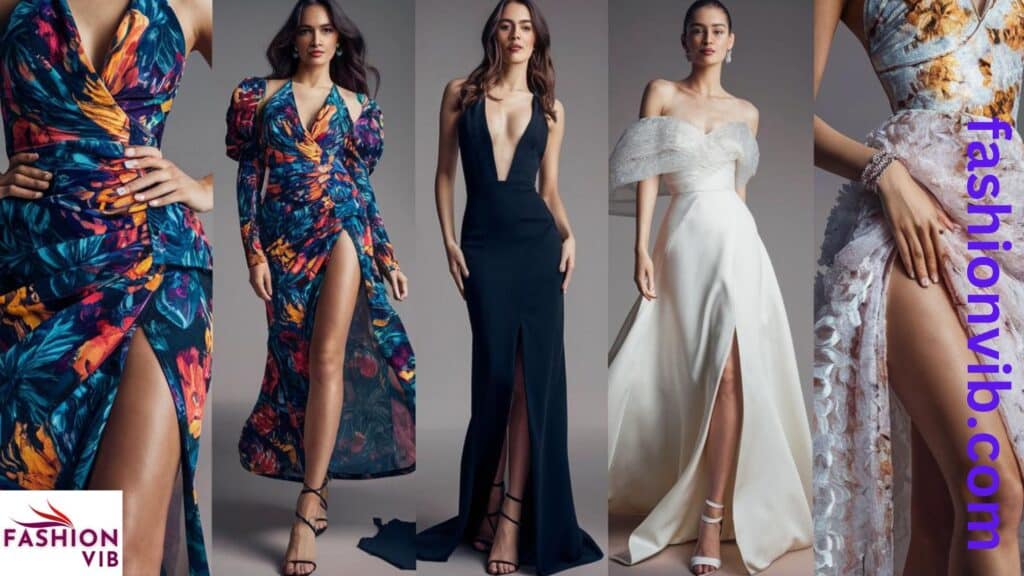
The dress length you choose can significantly impact the overall look of your outfit. Here’s a breakdown of common lengths:
- Mini: Falls above the knee, perfect for showing off legs
- Knee length: Versatile and appropriate for many occasions
- Midi: Falls between the knee and ankle, offering a vintage inspired look
- Maxi: Reaches the floor or ankle, ideal for formal events or boho chic styles
When choosing a length, consider the occasion, your body type, and personal comfort level. A midi dress might be perfect for a work event, while a mini dress could be ideal for a night out with friends.
Accessorizing Your Dress Outfit
The right accessories can elevate a simple dress to a stunning ensemble. Here are some tips for accessorizing your dress outfit:
- Jewelry: Choose pieces that complement, not compete with, your dress. A statement necklace can add interest to a simple neckline, while delicate earrings might be best for an ornate dress.
- Handbags: Select a bag that matches the formality of your dress. A sleek clutch for evening wear, a structured tote for work dresses, or a casual crossbody for daytime looks.
- Shoes: The right shoes can make or break an outfit. Consider heel height, comfort, and appropriateness for the occasion.
- Belts: A well chosen belt can define your waist and add interest to a simple dress.
“Accessories are like vitamins to fashion – as such, you should use them liberally.” Anna Della Russo
Dressing for Different Body Types
Understanding your body type can help you choose dresses that flatter your figure. Here’s a quick guide:
- Apple Shape: Look for empire waists and A line silhouettes to create definition.
- Pear Shape: Balance your lower half with A line skirts or fit and flare dresses.
- Hourglass: Showcase your curves with wrap dresses or fitted sheaths.
- Rectangle: Create curves with rushed details or peplum styles.
- Inverted Triangle: Draw attention downward with A line or full skirts.
Remember, these are just guidelines. The most important thing is to wear what makes you feel confident and comfortable.
Occasion Specific Dress Outfit Considerations
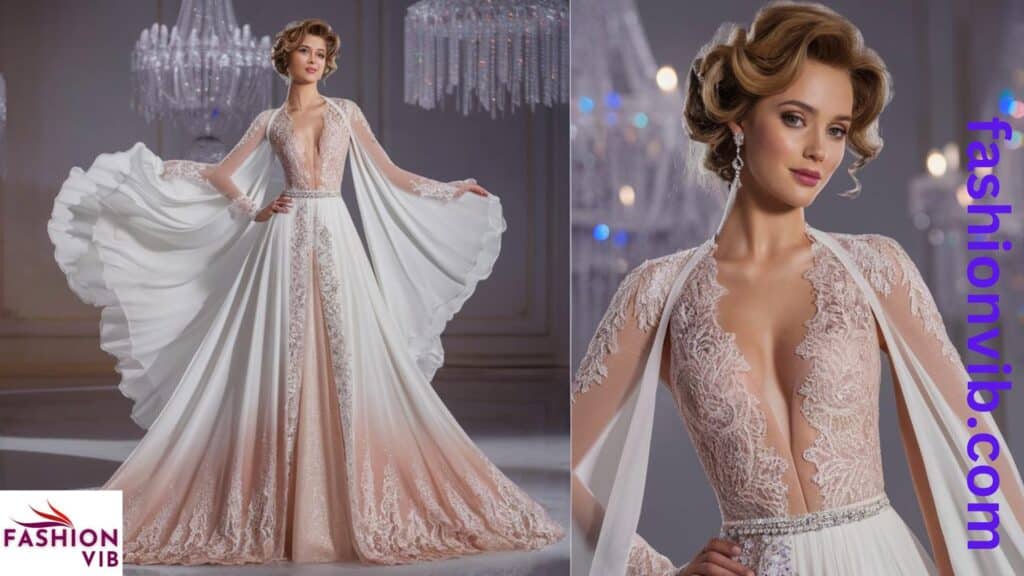
Different events call for different dress outfits. Here are some occasion specific considerations:
Workplace Attire
For professional settings, opt for knee length or midi dresses in neutral colors or subtle prints. Pair with closed toe shoes and minimal jewelry for a polished look.
Wedding Guest Dresses
The formality of the wedding will dictate your choice. For daytime weddings, consider a cheerful sundress or a elegant tea length option. Evening weddings may call for more formal attire, like a sophisticated cocktail dress or a long gown.
Cocktail Party Outfits
Cocktail attire typically means a knee length dress or a dressy separate ensemble. opt for rich fabrics like silk or velvet, and don’t be afraid to play with color or embellishments.
Vacation Dresses
Pack versatile pieces that can be dressed up or down. Wrinkle resistant fabrics are a plus. Consider the climate of your destination when choosing fabrics and styles.
Sustainability in Dress Fashion

As consumers become more eco conscious, sustainability in fashion is increasingly important. Here are some ways to make your dress wardrobe more sustainable:
- Invest in quality: Choose well made pieces that will last for years rather than fast fashion items.
- opt for eco friendly fabrics: Look for organic cotton, Telcel, or recycled polyester.
- Consider secondhand: Thrift stores and vintage shops can be treasure troves of unique dresses.
- Rent for special occasions: For one time events, consider renting a designer dress instead of buying.
Case Study: Building a Versatile Dress Wardrobe
Meet Sarah, a 28 year old marketing executive. She wants to build a dress wardrobe that can take her from the office to after work events and weekend brunches. Here’s how she approached it:
- Investment Pieces:
- A black sheath dress for work and formal events
- A wrap dress in a neutral color for versatility
- A cocktail dress for semi formal occasions
- Seasonal Additions:
- Light, breathable sundresses for summer
- A long sleeved sweater dress for winter
- Fun Accent Pieces:
- A bold printed dress for standout moments
- A trendy mini dress for nights out
By focusing on versatile pieces and adding a few statement items, Sarah created a dress wardrobe that works for multiple occasions and seasons.
Conclusion
Mastering the art of outfits is about understanding the basics – from dress types and silhouettes to fabrics and colors – and then infusing your personal style. Whether you’re drawn to vintage inspired tea dresses or sleek modern sheaths, the perfect dress is out there waiting for you.
Remember, fashion rules are made to be broken. While guidelines can be helpful, the most important thing is to wear what makes you feel confident and comfortable. After all, the best accessory for any dress outfit is a genuine smile and the self assurance that comes from knowing you look and feel your best.
So go ahead, experiment with different styles, have fun with fashion, and let your choices be a reflection of your unique personality. With the knowledge you’ve gained from this guide, you’re well equipped to make informed decisions about your dress wardrobe and create stunning outfits for any occasion. Happy dressing!
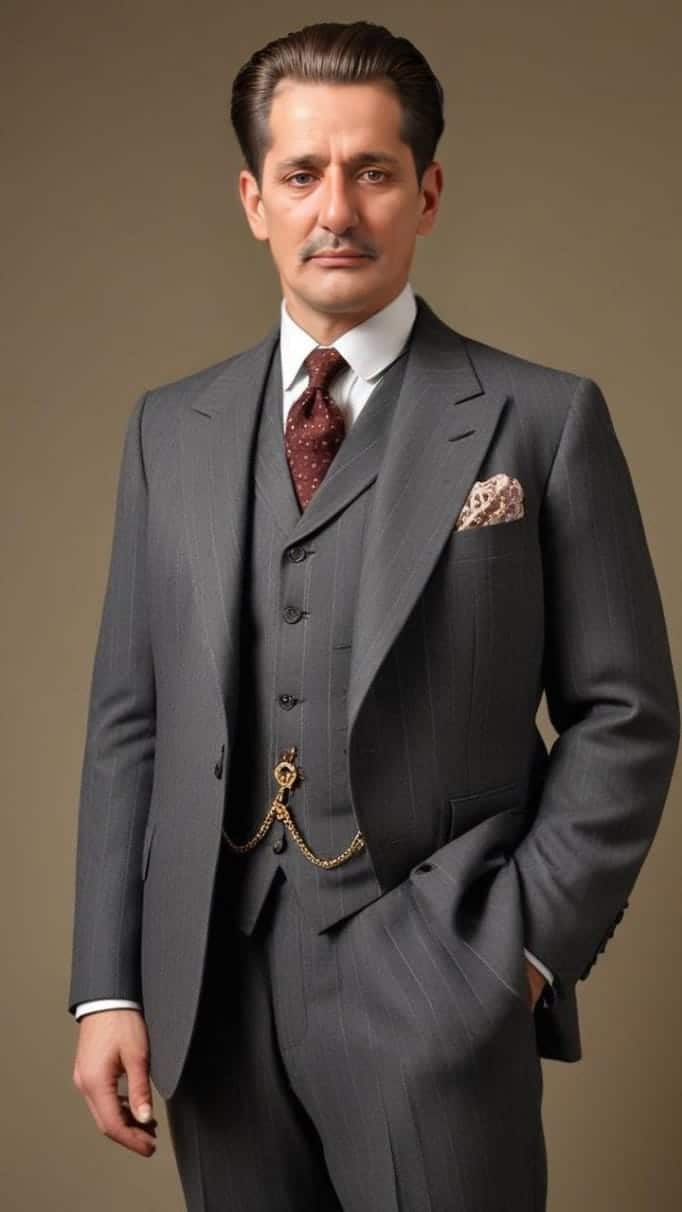
James is a seasoned fashion blogger with over a decade of experience in the industry. His keen eye for trends and insightful commentary make him a trusted voice in fashion. Passionate about style evolution, James combines his extensive knowledge with a unique perspective, offering readers fresh and engaging content. Follow his journey as he navigates the ever-changing world of fashion on Fashion Vib.

